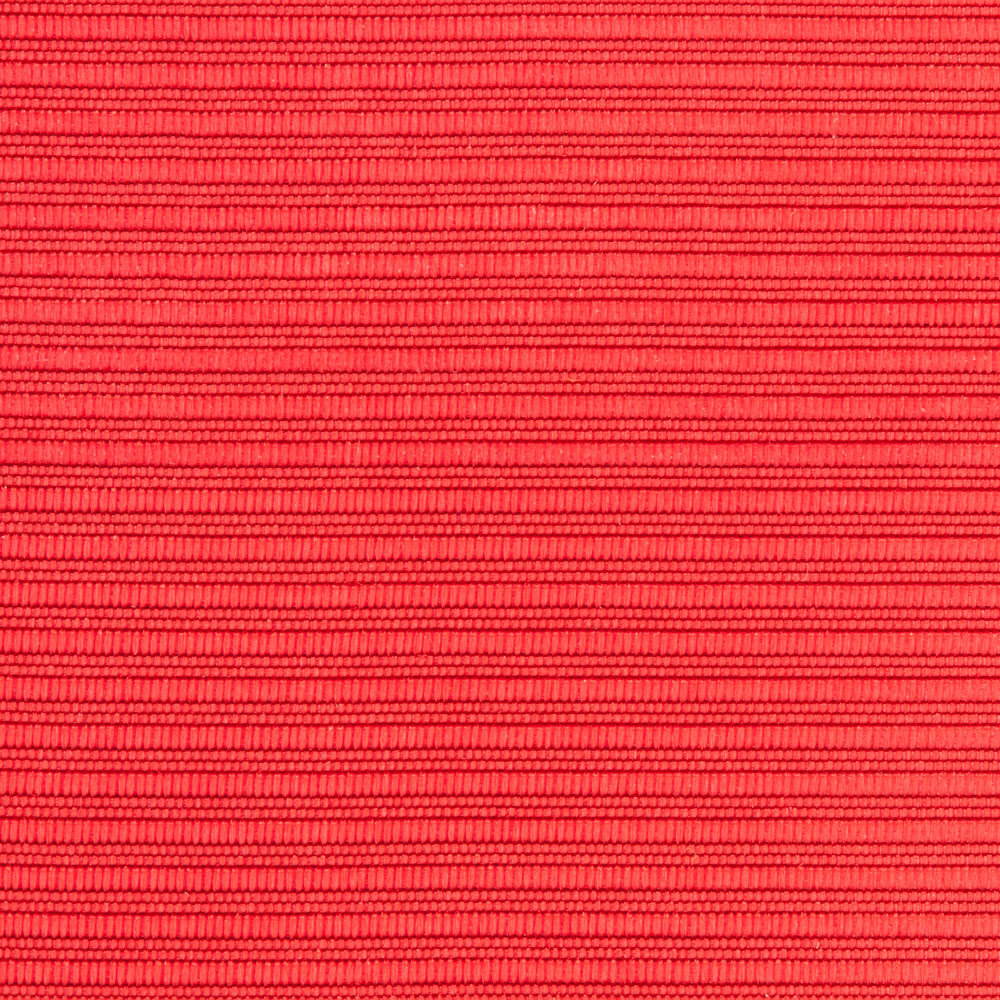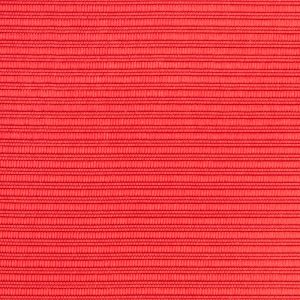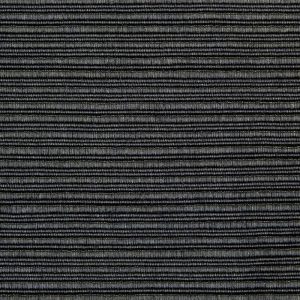In the family of silky-faced, horizontally ribbed fabrics, ottoman has the largest ribs, larger and rounder than those of faille and bengaline. The plain weave fabric involves thicker and/or grouped weft yarns with more numerous and finer warp yarns that totally cover the weft. Ottoman can be made of silk, wool or manufactured fibers, with the filling (weft) often of cotton.
The name comes from a luxurious silk fabric woven in Turkey beginning during the Ottoman Empire.
Uses: Coats, dresses, suits, upholstery
See also:
Bengaline
Faille
Grosgrain
Rep
Taffeta


